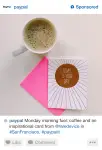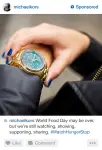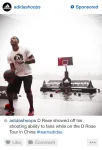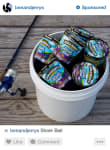Soon, if you’re a user of Instagram in the U.S., you might see a sponsored ad from Ben & Jerry’s appear in your photo stream uninvited. The photo might be of a bucket full of the Vermont company’s ice cream, next to a fishing rod, with a caption below that reads, “Shark bait.” Does that feel like spam to you?
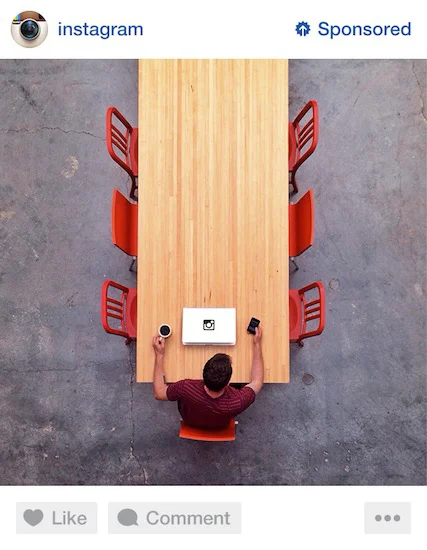
That’s the bar set by Emily White, Instagram’s director of business operations, last May, when Fast Company interviewed her for our recent profile of the company’s CEO Kevin Systrom. At the time, Systrom and White were considering how to bring advertising to the platform without upsetting its 150 million users. The pair wasn’t sure what the ads would look like then but they were certain what they wouldn’t look like. “All I can tell you is that I’ve failed if it’s something that doesn’t feel like Instagram,” White explained, drawing a line in the sand. “If people see super spammy ads in their feeds, it’s going to be destructive to the experience.”
Today, the company had its first real test of that standard as it unveiled a string of sample ads that represent what will soon come to the platform. In a blog post, the Instagram team reassured its community that its photo and video ads would not only be “creative and engaging” but also relevant, tailored to your interests based on “information about what you do on Instagram and Facebook.” The company will roll out the program slowly, and acknowledges that not all ads will be of interest–partly why the team is giving users the option of hiding them. It’s also a reason why the company is curating its early brand partners, which include Adidas, Burberry, and GE. The question now is whether users will find the ads destructive, enjoyable, or simply bearable and necessary.
Instagram ads are designed to look exactly like the content already in your photo stream. The only difference is that the pictures and videos are will each carry a “sponsored” label in the upper right-hand corner. If you don’t like the ad shown, just click the “…” button below to get rid of it; Instagram also gives you the option of providing feedback on what “didn’t feel right.”
The aim, as the company has said, is to make its ads “enjoyable and creative in much the same way you see engaging, high-quality ads when you flip through your favorite magazine.” It’s similar to how we described the company’s plans in our feature story months ago:
[White has] started parroting Systrom’s belief that there’s no reason the advertising can’t be as luscious as the content, saying that Vogue magazine, a rich, glossy publication where that virtue is certainly evident, could be its model. [Systrom] asserts that brands are more than capable of producing compelling mobile advertising. “There are a lot of brands on Instagram,” he says, “and it turns out that Instagram is an efficient way for them to get their messages across. We can build tools that let them do that more efficiently. That’s a very big business.”
The problem, of course, is that it’s incredibly difficult to make ads as beautiful as those in Vogue–it takes whole industries of fashion designers and magazine editors and taste-makers to put together a package of September-issue quality. The truth is, brands like PayPal, which is included in Instagram’s pilot ad program, aren’t known for their content creativity. And the ones that are–such as Burberry and Michael Kors–won’t necessarily appeal to the larger Instagram community.
The company released a sample set of ads and the results are telling. Some of the ads simply feel like, well, ads. (The Instagram team specifies that these are just hypothetical examples the company created with third-party brand approval. They’re simply “what [the] ads could look like from the brands, taken directly from their Instagram profiles,” a representative writes to clarify.) In addition to the imagined Ben & Jerry’s “shark bait” ad, there’s a sample sponsored Instagram post from Lexus that features nothing more than a shiny yellow Lexus. There’s another sample ad for an expensive looking watch from Michael Kors, with a seemingly backward reference to World Food Day. (Support hunger awareness by purchasing a pricey and materialistic timepiece?)
Other sample ads feel slightly disconnected from the brands. PayPal’s ad, for example, is a picture of a coffee cup next to an inspirational greeting card that reads, “This is your day.” Thanks!
The more promising envisioned samples are from GE, Levi’s, and Adidas. GE has always been a promising content creator, often producing compelling, behind-the-scenes shots of its factories. Instagram imagines its first sponsored ad is of a massive GE90 turbine engine in Ohio–somewhat cool.
Instagram’s sample ad for Adidas shows Derrick Rose shooting hoops–perhaps a signal of how companies could mine the platform for the celebrity-fueled footage that users typically gravitate toward.
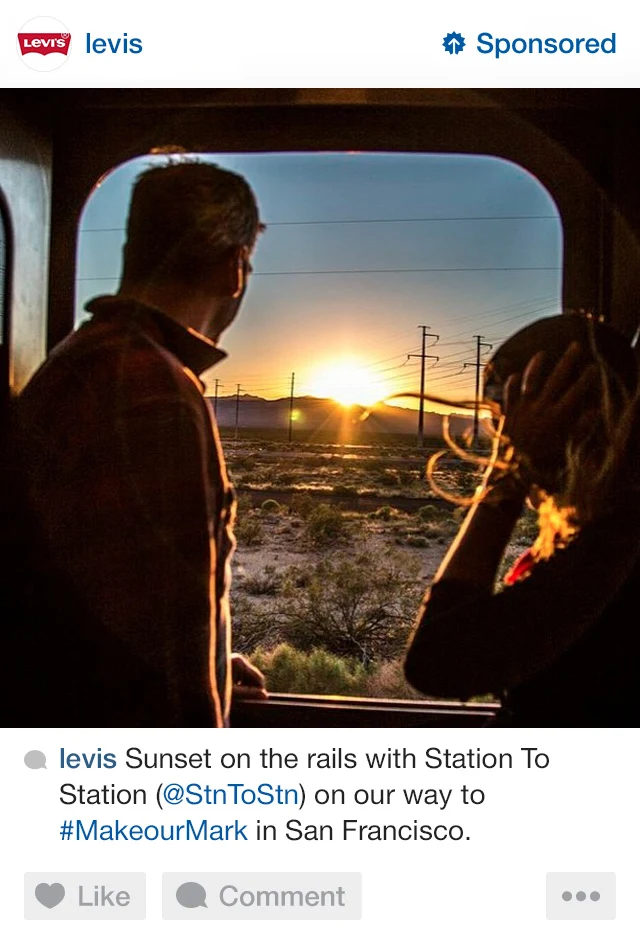
And then there’s Levi’s, which is using the platform to chart its novel station-to-station tour. I think this is the most promising use of the platform. The apparel company is using Instagram, as White would say, in a way that “feel[s] like Instagram.” That is, for storytelling and high-quality imagery.
If more brands can follow its example, perhaps users won’t find the experience so destructive. (Personally, I’m willing to suffer the slight annoyance regardless. It’s a small price to pay for getting to use the program for free. But I realize why others complain.)
Still, there’s always one inherent problem: If the content is good enough for users to enjoy, why would brands need to pay for it to be injected into user streams? Following Starbucks and Nike voluntarily on Instagram generates far more good will than it does when their content being forced on users. But perhaps Instagram needs to promote the content to a larger audience who might be more hesitant to engage with advertisers.
The Instagram team stresses, again, that these are just sample visuals, and that “you shouldn’t consider them to necessarily be representative of what the upcoming campaigns will look like for each company,” according to a spokesperson. So perhaps the real ads will be more compelling when in the control of brands themselves.
How do you feel about Instagram’s new sample ads? Are they spammy? Or do they feel like Instagram?
Recognize your brand’s excellence by applying to this year’s Brands That Matter Awards before the early-rate deadline, May 3.


